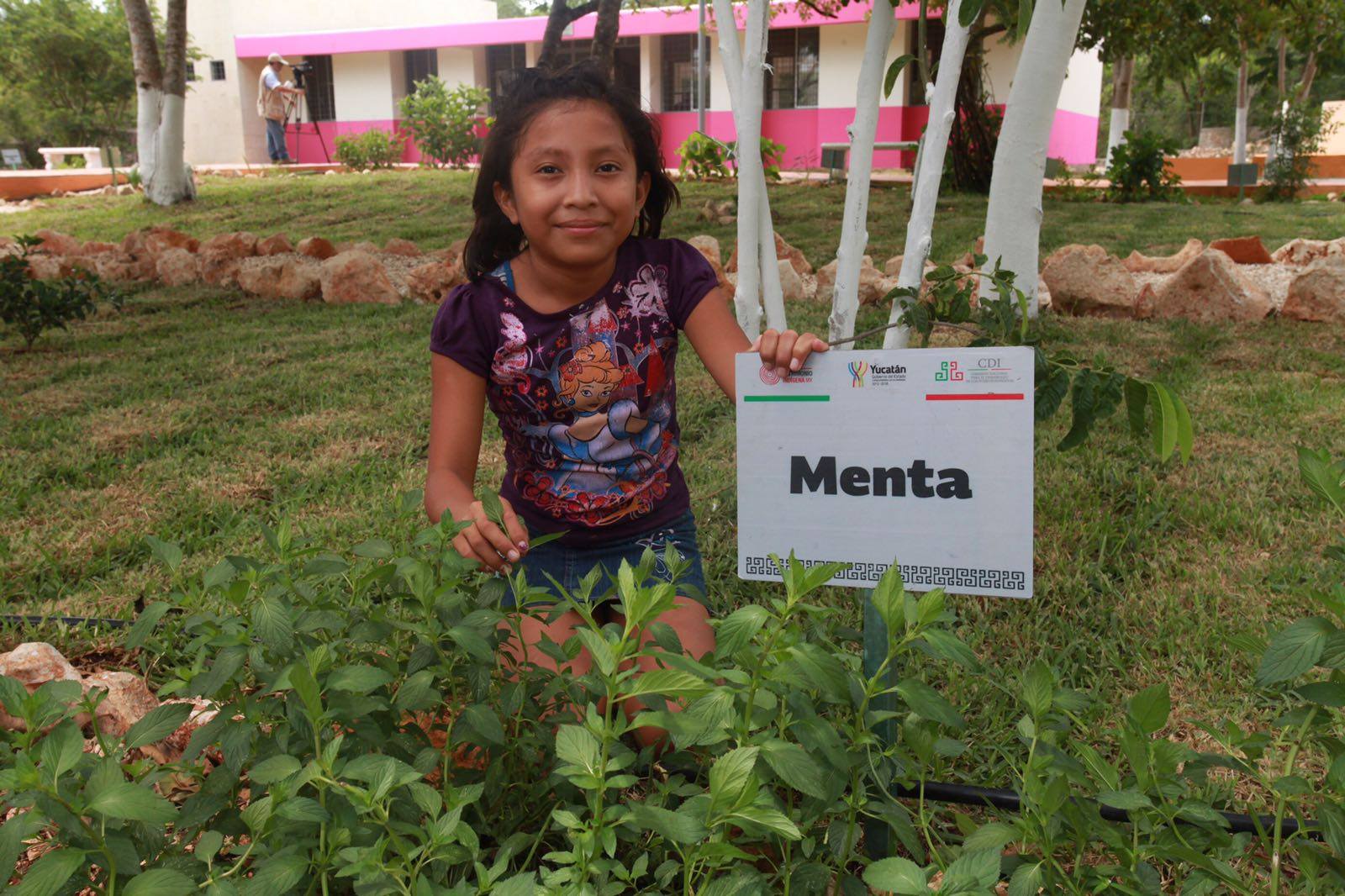The Power of Representation
On the importance of representation in media and creation of identitarian politics. The challenge of designing a symbol and a visual language fluent for both indigenous people and general population, in Mexico.
Context:
In 2012, Pragmatica collaborated with the CDI (Commission for the Development of Indigenous People) to re-brand the institution and to create new channels of communication. Working with anthropologist, lawyers and staff members, a new strategy was drafted, to promote and protect the indigenous cultures in México.
Indigenous communities, a pending historical assignment in Mexico, calls from strong institutions to help reduce discrimination and inequality. Through a the lens of culture and changes in the associations the general public had towards such peoples.
Project Specs:
Visual Identity, Brand Architecture, Social Media Campaigns, Media Strategy, Film Production, and Editorial Design.
My Role: Art Direction, Brand Management, Film Production, Video Direction, and finally as Communications Officer.
Identity production and representation in media
Brief and Insights
How media often portrays indigenous peoples does not contribute to the integration and prosperity in Mexican society, because even with good intentions, media keeps on ‘othering’ the indigenous people as something to be proud but not been representative my ‘mexicanity’. The power of representation was recognized from the beginning of the project. And urged a new to design a new visual narrative and the production of engaging content.
With indigenous art, culture and gastronomy, as common denominators to define ‘mexicanity’ we started a human centered advertising campaign in social media, instead of a traditional media with an institutional patriarchal role. The campaign runned on YouTube, Facebook, magazines and selective blogs on the internet. The best online outreach results came from the spot “México Alma Indígena” on YouTube because of the advertising niche selected and search optimization geographically, and by demographics results, and content. The spot alone, generated an audience impact above 4 million people and translated into the largest social media awareness and engagement for the CDI.
Advertising and TV Spot
The awareness campaign “México Alma Indígena” (Mexico Indigenous Soul), was not a direct call to action, rather a conscious review of ourselves, to recoficurate what it means being Mexican. And at high end thought, the recognition on whether I believe ‘I have’ (as a Mexican) indigenous ascendant or not, is irrelevant. The indigenous heritage is rooted in all aspects of Mexican culture; food, objects, and words.
The insight was conceived after conducting several interviews with staff members of CDI and after field research in situ documentation in different part of the country.
Collaborators: Alfonso Méndez, and Pragmática Studio
Cultural Diffusion
The cultural heritage of Mexico from the indigenous communities is unmeasurable, both socially and politically. Its influence in the present of everyday words we use, aguacate, tamel, chocolate to mention a few, to art, objects and celebrations. The complexity of cultural associations from the past into the present is what makes Mexican identity possible.
In collaboration with the department of Culture within CDI, I promoted the revitalization of the internal editorial production and co-directed a program that included a series of books called “Alimentos y Bebidas”, and also innovative editorial products such as booknotes, agendas, and promotional material, the art and content was inspired by unique archives that CDI have. We also expanded the cultural diffusion research using the famous photographic archive of the CDI. Social media accounts revamped during this period of time and were populated with a curated selection of themes and visual material. Instagram in particular, widely beneficiated from it.
Book series: “Alimentos y Bebidas de los Pueblos Indígenas de México”.
Book: “Arte y Memoria Indígena de México”, editorial production that also included “Fiestas y Rituales”.
Anthropology and Storytelling
Introducing the voice of the people, instead of an institutional tone to the communication, leveraged the content among users let it spread organically throughout social media. My biggest learning experience was the feeling of ownership from the people and communities that the institution served. All interviews and filming work I was personally involved took several travels a cross Mexico and hours worth of material to later be edit in collaboration with Alfonso Méndez and the Office of Social Communication within the Presidential Office. Some of the content was used during the 2014 World Expo in Milan, Italy.
New Symbol and Brand Development
Design Research
The effectiveness of the identity lays on the simple abstraction of a an old graphic that appears in the visual memories on most indigenous cultures. The ‘Greca’ spiral is the representation of ‘voice’ or ‘dialogue’. The graphic composition comes from an specific Otomí visual, two ‘Greca’ alike, forming a scale figure that means justice according to archaeologist.
The color selection comes from the obvious palet of the Mexican flag. The geometry of the symbol and thickness of the lines was decided after several prototypes, ensuring its use even to a minimum size reproduction, to be used from business cards and letterheads to been craved in artisanal wood pieces. The sustainability of the logo, was proved by its legibility and effectiveness recognition nationwide.
Brand Architecture and Peripheral Use
The production of multimedia content and other graphic pieces, were adapted to different digital products, print pieces and multi-media. Its symbol appropriation by the people is a sign of pride, expressed all over social media. The communication strategy reinforced the indigenous cultures, as hardworking, highly creative and integrated into modernity.

















